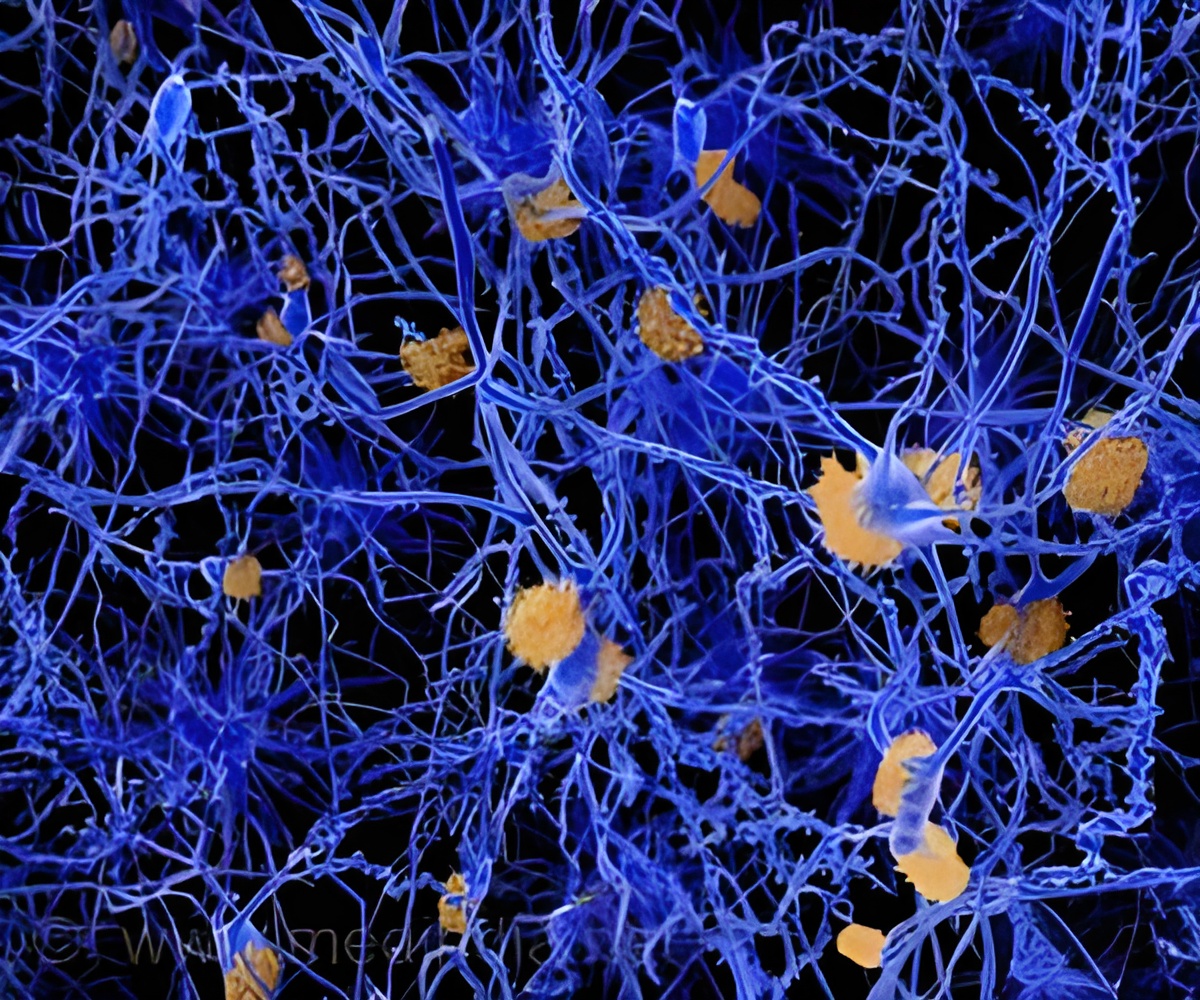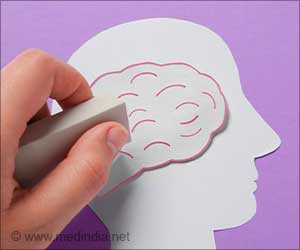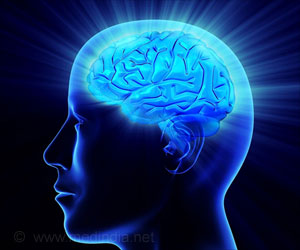How does protein help your memory? proteins present at brain cell junctions change to preserve memories for a long time.

‘Proteins in brain cells undergo experience-dependent changes while forming short- and long-term memories.’





It’s a glimpse into the brain’s plasticity, or its ability to adapt and change its structure as we live our lives and accumulate memories.Additionally, it enlightens future research about how the brain’s enormously complex systems operate. That has potential implications, scientists said, for a better understanding of neurological disorders. Those include Alzheimer’s and amyotrophic lateral sclerosis, known as ALS or Lou Gehrig’s disease.
The connections of these neurons need to be selectively modified to form long-term memory. And for the modification to occur, the neuron needs to send materials from the cell’s soma to its distant synapses.
Unique packets of proteins are sent, and this cargo of proteins changes over time as memory is encoded. This is an exciting finding. The soma is the main cell body of a neuron where its nucleus resides, while synapses are the place where connections between neurons are built.
How Does the Brain Store Memories?
Researchers used a species of sea slug called Aplysia to explore how memories are encoded. The slugs have gigantic neurons compared with those in the human brain, making them easier to study.A neural mechanism for storing certain memories in slugs is thought to be extremely similar to what occurs in the human brain. Memory, of course, is the essence of what it means to be human.
Advertisement
However, longer-term memories, bring out the full construction crew that indelibly encodes the brain’s circuitry, especially when the brain is sensitized to a strong event — a car crash, a child’s birth, or the moment someone learns shocking news.
Advertisement
The material that moves between soma and synapse includes numerous proteins, which are crucial workhorses that drive many of the processes and chemical reactions that allow human cells to function and carry out tasks. Other cellular materials might also change over time. But that will be a topic of future research.
Source-Medindia















